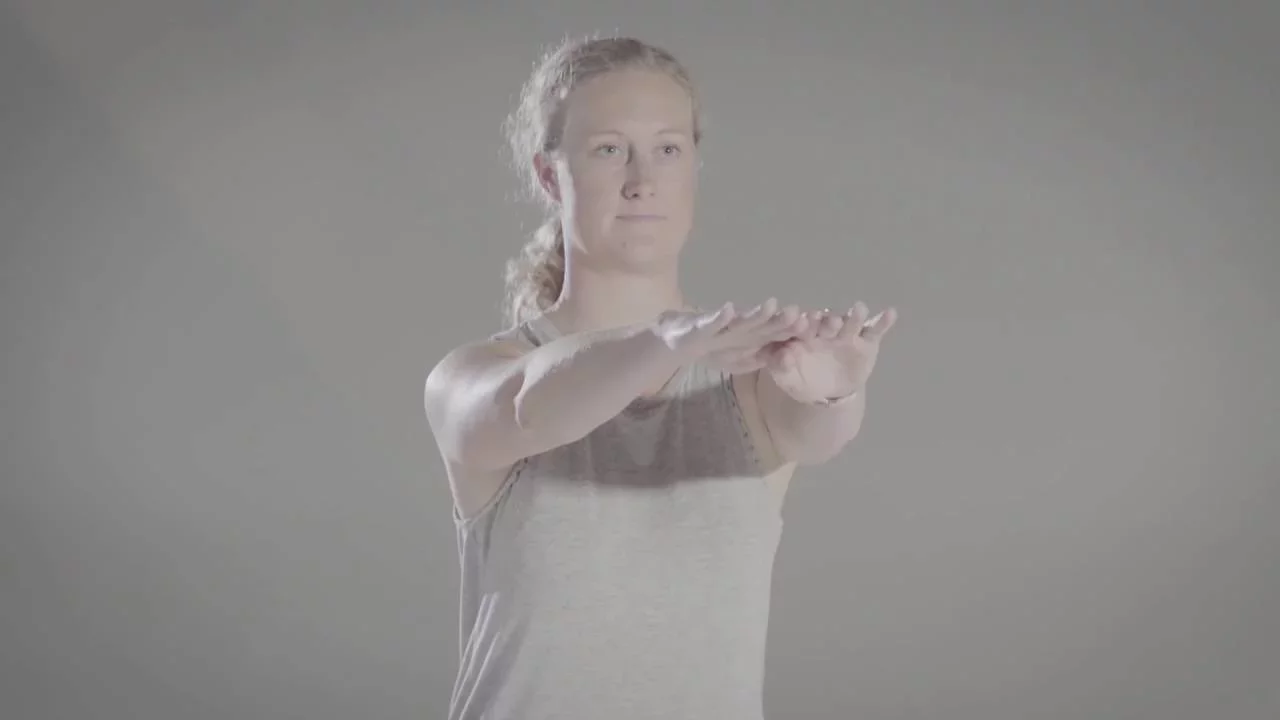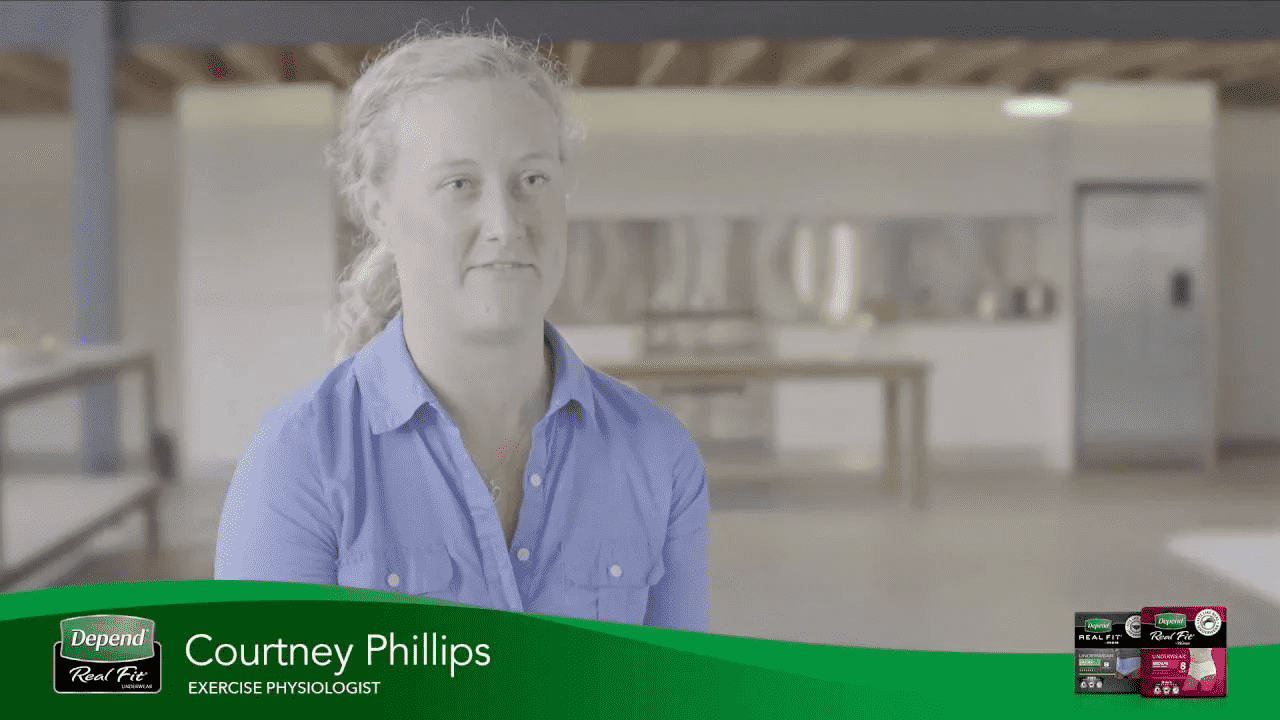A little bit of exercise can go a long way!

For many people living with incontinence, being active is feared and sometimes avoided, believing that movement will increase risks of a mishap. The truth is, the right exercise can actually help you manage your condition and ensure you are out enjoying the things you love most.
Specialising in senior’s health and fitness, Courtney Phillips, Accredited Exercise Physiologist, understands that there’s not necessarily a one-size-fits-all approach to exercise and there can be some barriers to overcome. She shares some of her insights and top tips with us.
A lover of the outdoors and travel, I understand what it’s like to be caught out by an unexpected urgency and appreciate the importance of managing conditions such as incontinence so you can continue to live the life you love.
I have learned that it is important to remember that incontinence is a symptom of an area of weakness in your body that can be managed and doesn’t have to limit your lifestyle. Everyone’s body has been through a lifetime of experiences different to the person next to them, so it’s important to remember that when choosing appropriate exercises.
The most common questions we get from people living with incontinence are around what types of exercises are best or if they can even exercise at all. The answer is YES, there’s plenty we can get you doing!

Where to start
The best exercises to combat bladder leakage are those that focus on the pelvic floor muscles. Like any other muscle in the body, it is important to look after and to exercise the pelvic floor muscles to keep them strong and functioning as they should.
It is important to seek advice from an Accredited Exercise Physiologist before beginning pelvic floor exercises, but here are some simple tips to remember day to day:
- Contract your pelvic floor muscles before lifting something heavy, performing a difficult exercise or even coughing, or sneezing, to help prevent stress incontinence.
- When performing resistance exercises (where your muscle work against a weight or force), remember to contract your pelvic floor muscle throughout the exercise. The best support for these muscles is to exhale during the effort phase (hardest movement of the exercise).
- Start with lighter weights when doing resistance exercises and gradually increase weights as you gain strength, control and confidence.
- Work regularly throughout the day on your pelvic floor muscle exercises. If your muscles get tired quickly it is better to do shorter sessions, but more often through the day.
- Try doing your pelvic floor exercises in a variety of positions (eg seated, lying, standing) so your muscles get used to working in different situations. Remember not to hold your breath, or tighten your stomach, thigh or buttock muscles when undertaking these exercises.
- Squats are safer than lunges due to the position of your feet and legs – so start here. A split stance will put more strain on the muscles that control going to the bathroom, so concentrate on conquering squats befor progressing to lunges.
- Start with low impact exercises eg walking before progressing to running or jumping.

Courtney Phillips is an Accredited Exercise Physiologist who has worked with Active Seniors Health Centre since 2012. Active Seniors Health Centres focus on promoting healthy lifestyles through exercise, education and social interaction in a safe, caring and friendly environment.





